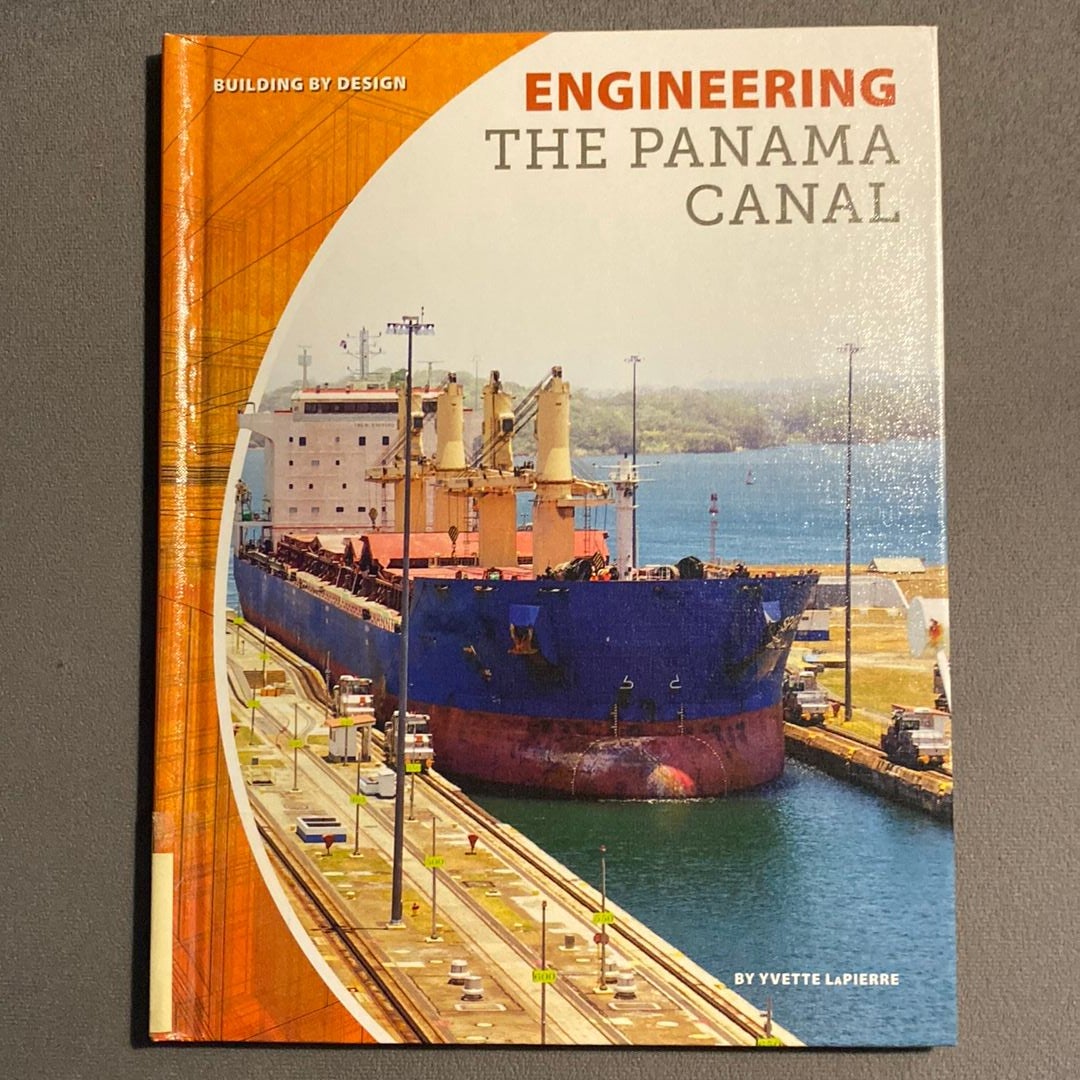The Panama Canal stands as a monumental testament to human ingenuity, a narrow strip of waterway that has not only transformed global trade but has also profoundly influenced perceptions of engineering, imperialism, and cultural relativism. This unique waterway, completed in 1914, facilitates maritime passage between the Atlantic and Pacific Oceans, embodying a complex tapestry of historical narratives, technological prowess, and socio-political consequences. A multitude of texts delve into the myriad facets surrounding the engineering marvel of the Canal, offering insights that reveal its significance in the grand tapestry of history. Below is a compilation of notable works that illuminate the multifaceted implications of the Panama Canal, particularly through the lens of engineering, empire dynamics, and cultural relativism.
1. **”The Path Between the Seas” by David McCullough**
David McCullough’s magisterial tome offers an expansive narrative tracing the conception and construction of the Panama Canal. This work meticulously details the ambitious vision catalyzing the project, juxtaposed against the formidable challenges that plagued its execution. McCullough poses vital questions regarding human determination and the engineering ethos prevalent during the late 19th and early 20th centuries. His narrative deftly intertwines biographies of key figures—such as Ferdinand de Lesseps and George Goethals—with the broader historical context of imperial competition, drawing attention to the cultural ramifications of such an extraordinary undertaking.
2. **”Empire of the Sea: Sir Francis Drake, the Spanish Armada, and the Epic Story of the Ocean” by Brian Lavery**
This work, while focusing primarily on the maritime exploits of Sir Francis Drake and the Spanish Armada, engenders a deeper understanding of the evolving dynamics of power and imperial ambition that presaged the Panama Canal’s construction. Lavery adeptly navigates the dense interconnections between territorial conquests, maritime navigation, and colonial aspirations. Through examining these historical foundations, readers glean insights into how the Panama Canal came to symbolize not merely a technological triumph, but an emblem of British and American dominance in global affairs.
3. **”The Devil’s Highway: A True Story” by Luis Alberto Urrea**
While Urrea’s narrative centers on the harrowing journey of migrants along the U.S.-Mexico border, it indirectly reflects the broader socio-economic disparities exacerbated by the development of the Panama Canal. The work prompts critical contemplation about the dichotomies of wealth and poverty, opportunity and despair that arise in the wake of mega-engineering projects. Urrea’s poignant storytelling serves as a reminder that the consequences of such grandiose infrastructural endeavors often reverberate throughout societies, reshaping cultural landscapes and identities.
4. **”The Panama Canal: A History” by John McPhee**
John McPhee’s comprehensive examination of the Panama Canal captures the intricate relationship between engineering and ecology. His narrative elucidates the delicate balance between human ambition and environmental realities. McPhee’s exploration of the various ecological challenges posed during the construction invites readers to reconsider the ramifications of engineering feats. Notably, he engages with the cultural narrative surrounding engineering practices, questioning the ethical considerations and responsibilities that shape our interactions with the natural world.
5. **”Panama Fever: The Epic Story of the Building of the Panama Canal” by Matthew Parker**
Matthew Parker chronicles the tumultuous saga of the Panama Canal’s construction, featuring riveting anecdotes that underscore the drama of the undertaking. Through vivid storytelling, Parker encapsulates the fervor and folly inherent in colossal engineering projects. His examination transcends mere technical details, arching toward an exploration of the imperial ambitions that fueled the Canal’s inception. The work evokes curiosity about the underlying motives driving such projects and invites readers to grapple with the imperial legacies woven into the Canal’s historical narrative.
6. **”The Canal Builders: Making America’s Empire at the Panama Canal” by Julie Greene**
Julie Greene’s scholarly work investigates the societal implications of the Panama Canal’s construction, focusing on labor dynamics and racial hierarchies that emerged during this era. With a particular emphasis on the diverse workforce that facilitated the project, Greene offers an illuminating perspective on the socio-cultural ramifications wrought by the Canal. Her investigation serves as a microcosm of the larger imperial narrative, prompting readers to consider how engineering feats are invariably intertwined with human experiences across diverse cultures.
7. **”The Unfinished Nation: A Concise History of the American People” by Alan Brinkley**
Brinkley’s historical synthesis encompasses the Panama Canal as a pivotal chapter in America’s evolution as a global power. By contextualizing the Canal within the narrative arc of American history, the text engages with themes of exceptionalism, imperialism, and cultural identity. This synthesis offers readers an opportunity to reflect on how large-scale engineering projects embody national aspirations while simultaneously revealing the complexities of cultural interactions.
8. **”Engineering the Panama Canal” by Yvette LaPierre**
This work delineates the technical and engineering challenges encountered during the construction of the Panama Canal. Yvette LaPierre scrutinizes the innovative methodologies that emerged in response to these challenges, illustrating the union of human innovation and natural obstacles. The book presents engineering as a cultural practice shaped by historical context, thus enriching the discussion surrounding the interplay of culture and technology in the development of modern infrastructure.
These scholarly works collectively contribute to an enriched understanding of the Panama Canal, reconceptualizing it not merely as an engineering feat but as a complex cultural artifact influenced by myriad historical forces. The interplay of technology, empire, and cultural relativism engenders a multifaceted exploration of how engineering endeavors shape and are shaped by the societies that engender them. Within these narratives lies an invitation to reexamine our perspectives on progress, imperialism, and the legacy of large-scale human endeavors, ultimately fostering a nuanced appreciation for the profound intersection of engineering and cultural history. The journey through these texts promises not only to inform but also to arouse curiosity about the vast ramifications that the Panama Canal has had on the world stage.
